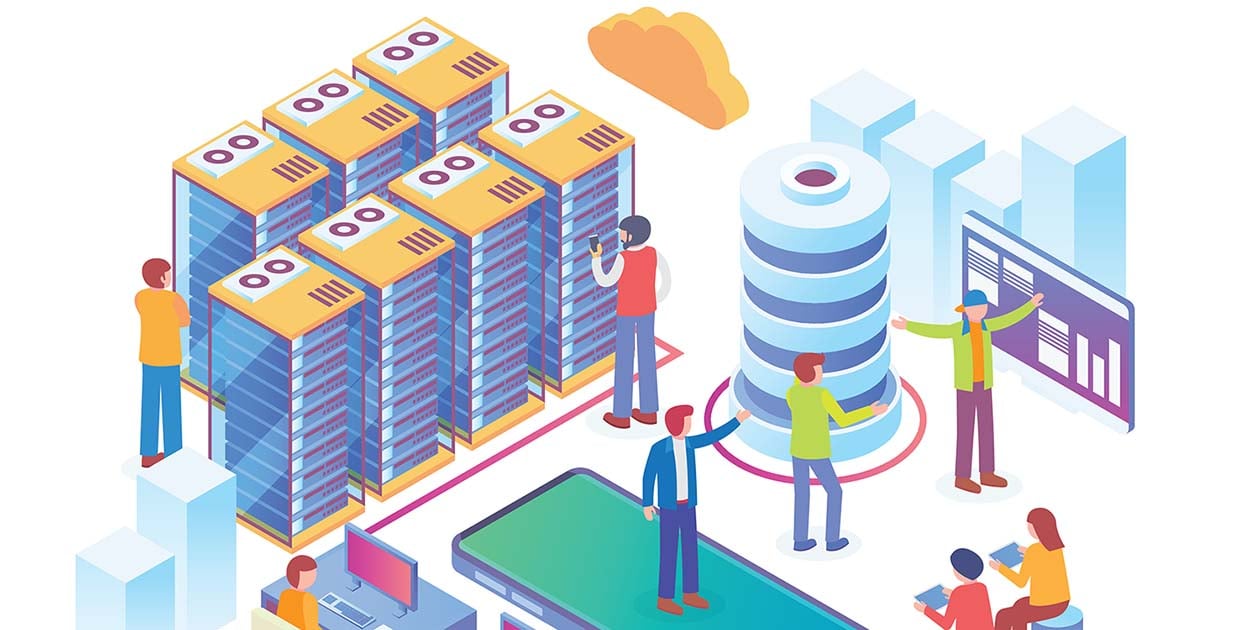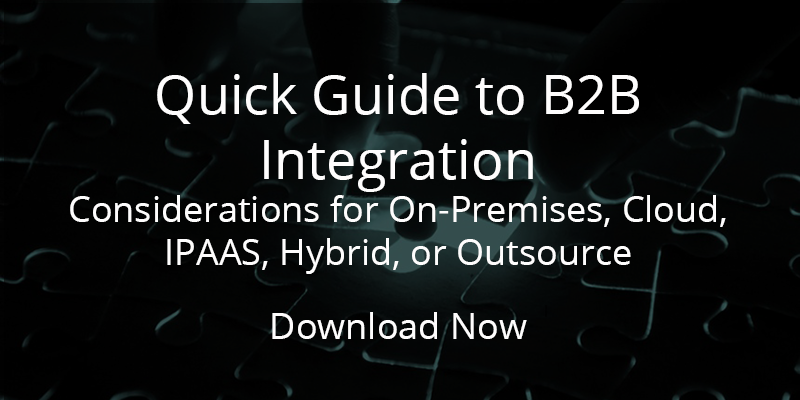
For several years now, we’ve devoted considerable blog space to urging subscribers to assess the current state of their EDI, B2B, and system integration capabilities and compare what they find to the desired state.
By “desired state,” we mean an integration architecture something close to the leading companies in your industry or at the least, the level of connectivity your line of business colleagues may be clamoring for.
Modern integration is more than just X12 or EDIFACT EDI. Now that we find ourselves plunged into a vastly changed economy that’s more dependent than ever before on the ease and convenience of online buying, such an assessment ought to be underway, or at least at the top of your to-do list.
If you haven’t begun to review the gaps in your integration suite by now, you could be in danger of losing customers to competitors.
Here’s why.
Covid-19 Changed Everything Along With Your Customer’s Buying Behavior
Before the pandemic began to sweep across the globe in early March of 2020, the U.S. economy was surging, and unemployment was at a post WWII-era low of 3.8% according to data from the Federal Reserve Bank of St. Louis.
Back then companies with EDI systems from the 1990s were able to meet the requirements of new trading partners with talented staff who could apply crafty band aid solutions. However even the sturdiest legacy system eventually reaches the point where the time devoted to designing workarounds begins to cut into real work.
We’ve reached that point where the integration gaps many businesses could live with before the pandemic represents barriers to moving on from Covid-19’s economic carnage.
As the country went into lockdown B2B buyers, digitally enabled sales teams and customer support staff started working from home (and may continue to for some time to come) and turning to web tools to place and fulfill orders as a supplemental channel to traditional EDI.
What does this shift mean for your integration infrastructure?
If outmoded manual processes and siloed systems were hampering your company before Covid-19, they could hobble it permanently in the post-pandemic recovery period.
According to ecommerce research firm Digital Commerce 360, companies with modern integration environments were less impacted by Covid-19 related disruptions because they were able to pivot to new channels and connect with new suppliers and trading partners before declining revenues could threaten their existence.
In the post pandemic recovery, B2B buyers will turn to suppliers who are easy to do business with. “Easy” could mean being available through online portals and marketplaces such as Amazon (which is beginning to emerge as a source for B2B buyers looking for components and supplies) or offering more real time visibility in your supply chain.
One thing is certain. From a B2B ecommerce perspective, legacy EDI translators are looking more like anchors and less like a source of agility.
Start With What You Have
The first step is to assess where you are now, and examine the past, present, future integration requirements and channels you may need to support including EDI, MFT, EAI, and API. Depending on your industry, you may need to account for IOT and Blockchain as well.
You may find that, rather than having to start from scratch, you can add additional layers such as APIs to your integration infrastructure to connect to offer additional digital access points to your business network, connect to online marketplaces, and thus move toward an omnichannel strategy in line the expectations of today’s B2B buyers.
On the other hand, if a clear-eyed assessment reveals too many shortcomings to overcome, either because of looming support expirations or interoperability obstacles, it may be time to have a serious discussion with management about charting a new course.
Let’s Talk B2B Integration Delivery Choices
Any conversation about your integration strategy must include weighing the different integration delivery models available.
Where your current integration suite is housed might give you all the capabilities and access you need. If not, it’s probably time to consider a different delivery approach. First, let’s review your options:
On-Premises – Integration capabilities via software purchased and installed on a server in a data center at an organization’s site
Cloud –
- (Private Cloud) Integration capabilities via software purchased and installed on a server in a full-service data center off-site
- (Public Cloud) Integration capabilities via software purchased and installed on a server in a self-service data center off-site
- (IPAAS Integration Platform As A Service) Integration capability via multi-tenant software in a subscriber model delivered via self-service web interface from a data center off-site
Hybrid – Integration solutions and functionality delivered by utilizing two or more of the above via APIs and file exchange
Outsourced – Placing the responsibility of integration for your organization with a firm supplying the integration tools, infrastructure, and labor to connect with business partners and systems
Which Is Right For You?
For every “pro” regarding a given delivery method, there is usually a “con,” which makes determining the right plan for your organization especially challenging.
In our experience, there are more than two dozen critical considerations behind a smart hosting decision, ranging from the size of your company and complexity of your industry to how management views integration capabilities as a competitive differentiator.
Weighing and determining which set of factors will add up to the right plan for your organization is especially challenging during a time of what feels like deep structural change in the economy.
Speaking of choices, in our next article in this series we’ll explore the on-premises integration deployment option. In the meantime, many of our customers have found this guide helpful in narrowing down their choices.
Regardless of the model(s) you go with, ultimately the best fit will result from carefully mapping your future integration requirements against the needs of the business and then viewing your plan with an eye to the kind of experience your trading partners and customers expect you to deliver.
Going forward, survival and future growth means building your integration strategy around their needs.
About Remedi
Remedi Electronic Commerce Group helps companies save time and money, provide a better customer experience, and quickly respond to new opportunities using integration and B2B ecommerce solutions built for a digitally driven economy.



